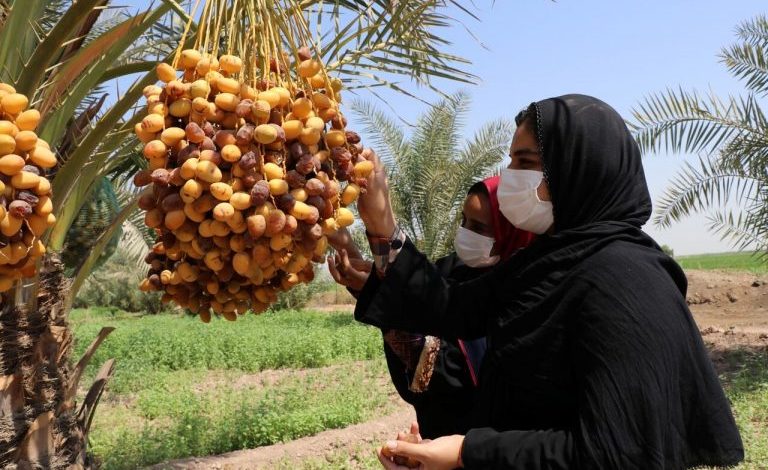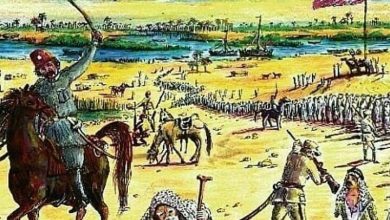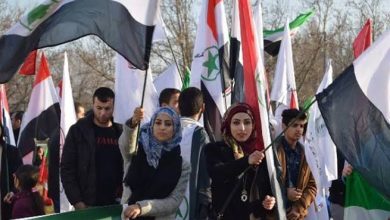
Special Place of Palm Trees in Ahwaz… Beginning of Date Harvesting Season in Ahwaz
The date harvesting season has begun in the Arab state of Ahwaz, a region that holds a unique place in the hearts of the Arab people of Ahwaz due to the value and significance of palm trees in Ahwazi folklore.
There is remarkable growth in the vast palm groves, with over 42,000 hectares maintained by more than 42,000 engineers working to achieve significant accomplishments in date production in the Arabian Gulf. Ahwaz produces 80 varieties of dates, surpassing the date varieties of the Republic of Egypt, which ranks first in global date production.
The most notable date varieties in Ahwaz include Ghantar, Barhi, Imran, Buraimi, Zahedi, Dari, Bint Al-Sabah, Suwaidani, Balyani, Hamrawi, Hadl, Halawi, Ashghar, and Laylou.
Agriculture is one of the key sectors responsible for date production in Arab Ahwaz. The cultivated area of date palm trees in Ahwaz exceeds 57,000 hectares of arable land.
Around two million date palm trees have been planted in Abadan, and 63,000 tons of dates were produced in this city last year, ranking it second in Ahwaz.
The palm tree holds a significant and revered place in the identity of the Ahwazi people, an Arab identity that the Persian occupiers seek to suppress through all means and methods.
The Ahwazi people agree that the palm tree is a natural cultural heritage that distinguishes their Ahwazi society. It symbolizes lofty aspirations, nobility, and a rich heritage. It represents generosity, the beacon of peace, the purity of character, the symbol of patience and resilience. Its imposing presence embodies resistance against the changes of history in the dormant homeland.
The palm tree held great importance in the lives of ancient Ahwazis, particularly among the Elamite civilization, where it was considered a sacred tree and a symbol of fertility and immense utility, providing everything from its trunk. In the ancient world and the Elamite civilization, the palm tree was known as the “Blessed Tree,” the “Tree of Life,” and the “Virgin Tree.”
Furthermore, the palm tree held a significant place in Ahwazi poetic memory. Ahwazi poets connected it to their contemporary events and issues, aligning it with the cultural themes of the time to passionately describe their beloved, find solace in her, and seek refuge in her embrace. The Ahwazi poet has stories with palm trees, being closely connected to his “aunt,” the palm tree, as he affectionately calls it, considering it a lifelong companion, nurtured in its embrace.
Moreover, palm trees were used in construction through their trunks and fronds in the lives of Ahwazi citizens. They offered an aesthetic presence, with decorative motifs inspired by them adorning these structures. The palm tree possesses a unique form in its elegance, rooted in its simple composition.




